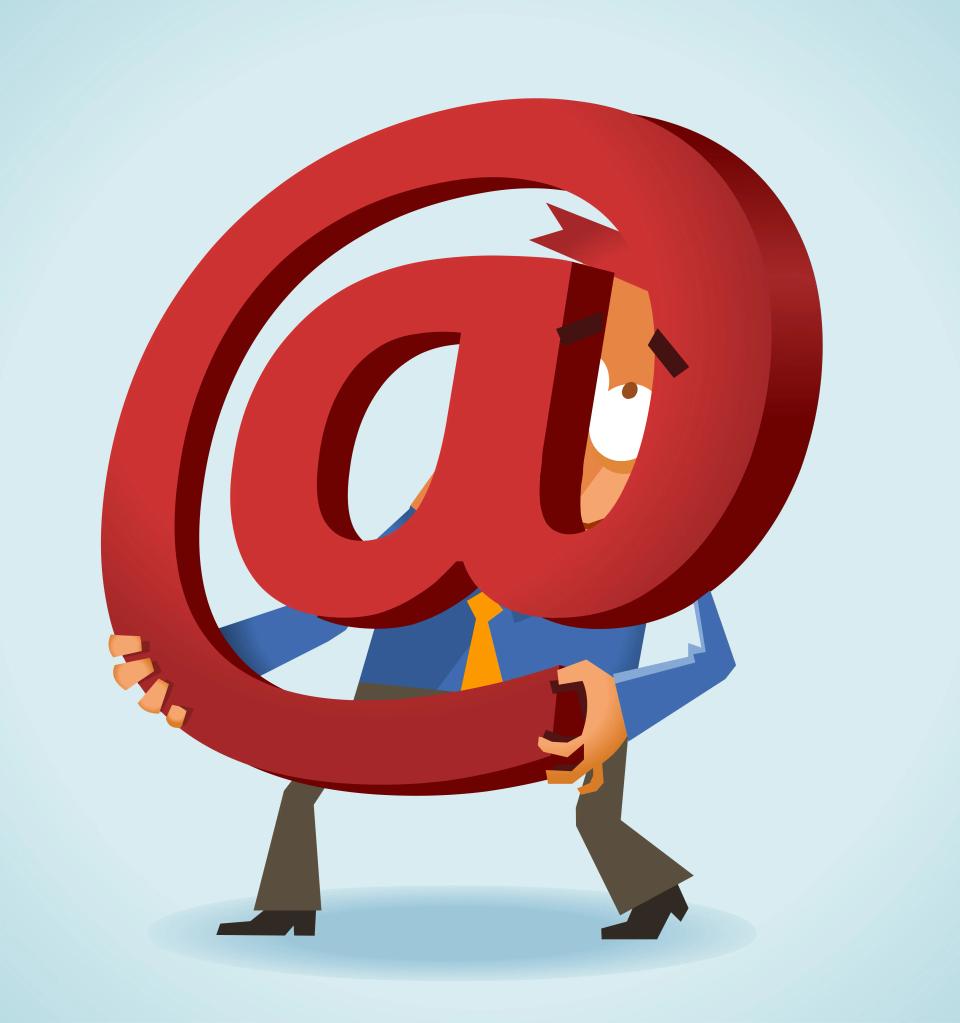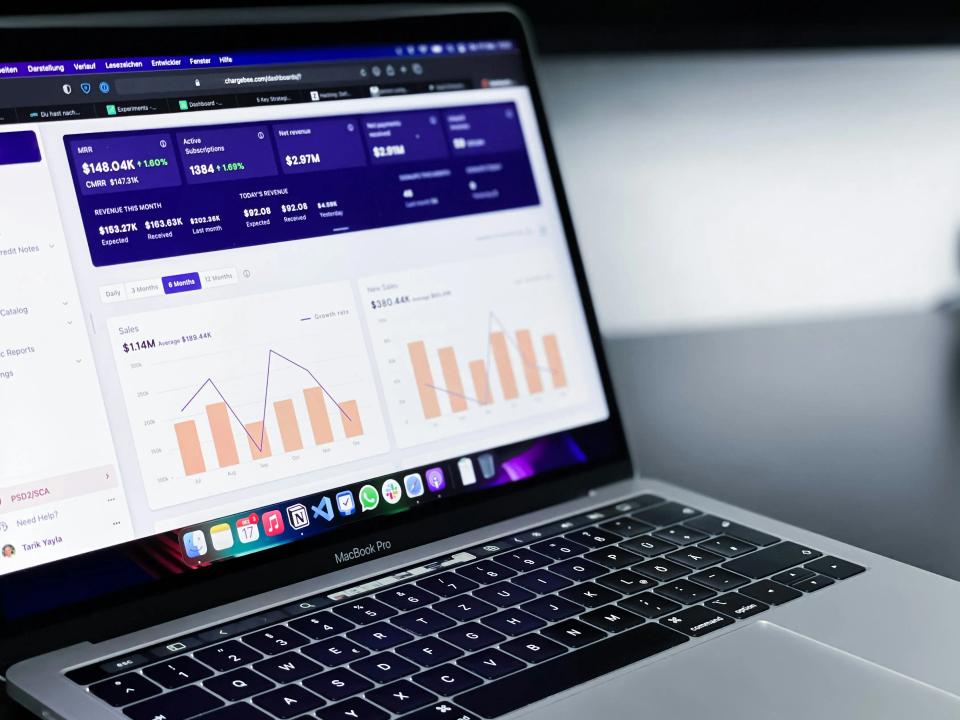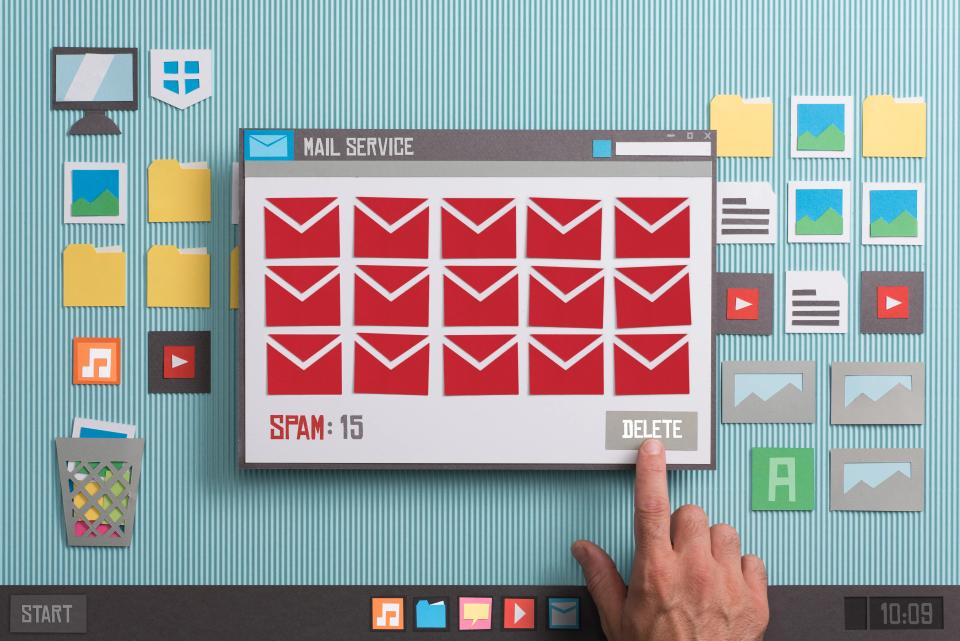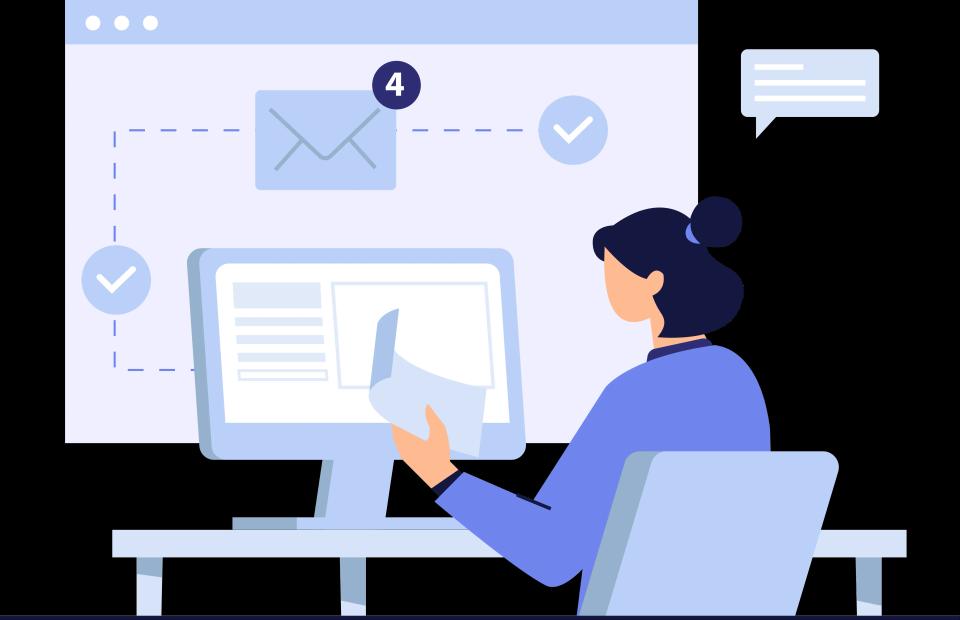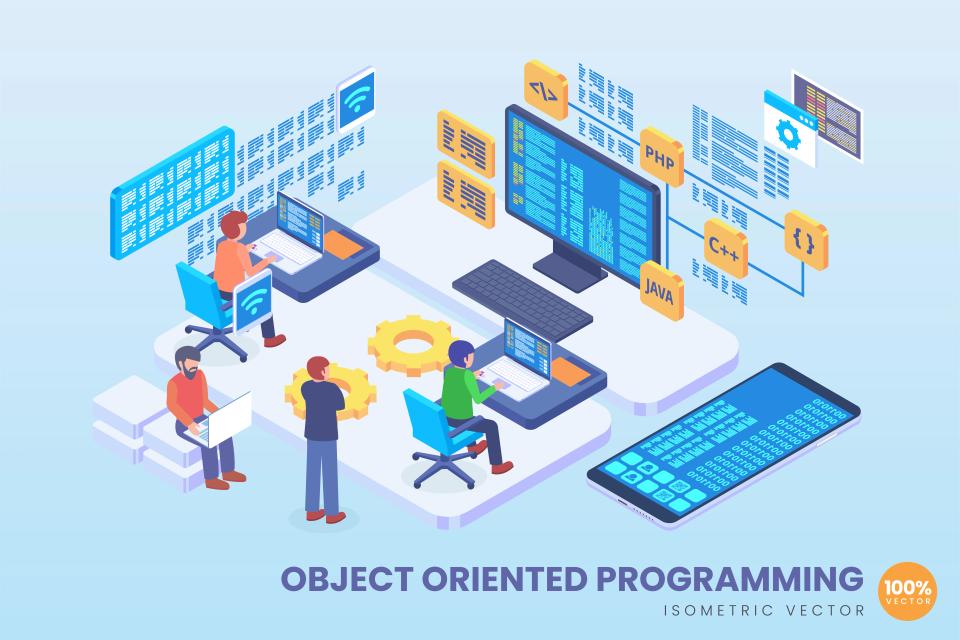Is your waiting room looking a little too empty? Are you tired of outdated marketing methods that drain your budget and deliver dismal results? Imagine a steady stream of new patients, eager for your expertise, filling your appointment book. This isn't a fantasy; it's the power of strategic cold email outreach, tailored specifically for healthcare providers like you.
Many healthcare professionals grapple with the unique challenge of attracting new patients while navigating a complex regulatory landscape. Traditional advertising can be costly and often misses the mark, failing to connect with the individuals who truly need your services. But what if there was a direct, personal, and highly effective way to reach potential patients and referral partners, all while maintaining the highest standards of professionalism and compliance?
Email marketing isn't just for retail giants; it's a powerhouse for the healthcare industry too. In fact, the healthcare sector sees an impressive average email open rate of around 22%, as highlighted in HubSpot’s 2024 Email Marketing Report. This demonstrates a clear willingness from recipients to engage with well-crafted healthcare communications, opening a direct channel to those seeking care and solutions.
Understanding Healthcare Email Marketing Compliance
Navigating the digital world as a healthcare provider means one thing above all: compliance is king. You can't afford to stumble when it comes to patient privacy; the consequences are simply too severe. This isn't just about avoiding fines; it's about building trust and safeguarding the very people you're dedicated to helping.
The Health Insurance Portability and Accountability Act (HIPAA) sets stringent rules for how patient information is handled, and email is no exception. According to the U.S. Department of Health & Human Services (HHS.gov), any electronic communication containing Protected Health Information (PHI) must meet specific security standards, often including encryption. Understanding these HIPAA guidelines for email communication is the absolute first step before you even think about sending your first email.
Beyond HIPAA, the CAN-SPAM Act also dictates the rules of the road for commercial emails. The Federal Trade Commission (FTC.gov) clearly outlines requirements such as providing a clear opt-out mechanism and ensuring your sender information is accurate and not deceptive. Adhering to CAN-SPAM rules protects your practice from penalties and ensures your outreach is perceived as professional, not intrusive. For further peace of mind, resources like HealthIT.gov’s “Secure Email Communication” toolkit offer invaluable advice on best practices for maintaining patient privacy and avoiding accidental data breaches.
Building Your Healthcare Provider Email List
So, you're ready to reach out, but who are you talking to? A powerful email is wasted if it lands in the wrong inbox. Building a targeted, compliant email list is the bedrock of any successful healthcare outreach campaign, ensuring your message resonates with those who need to hear it most.
First, you must clearly identify your target audience segments. Are you looking for new patients for general practice, or seeking individuals with specific conditions for a specialized clinic? Perhaps you're aiming to build referral partnerships with other physicians. Insights from organizations like the American Medical Association (AMA) on patient demographics and physician referral patterns can be instrumental in refining your audience segmentation strategies.
Once you know who you're targeting, the next step is collecting email addresses legally and ethically. This means no purchasing of shady lists! Instead, focus on methods like website opt-in forms for newsletters, sign-ups at health fairs or community events, and clear consent during patient registration for non-PHI marketing communications. According to Mailchimp’s Healthcare Marketing Guide, using such ethical collection methods, coupled with robust verification and list cleaning processes to remove invalid or unengaged addresses, is crucial for maintaining list health and deliverability.
Crafting Effective Cold Emails for Healthcare
Now for the exciting part: crafting emails that don't just get opened, but get action. In healthcare, your words carry immense weight. They need to be professional, empathetic, and instantly convey value, all while navigating the delicate balance of outreach without overstepping.
Subject Line Best Practices
Your subject line is the gatekeeper. If it doesn't scream "open me," your perfectly crafted email will languish, unread. In healthcare, this means being clear, concise, and benefit-driven, while meticulously avoiding anything that could be misconstrued as a spam trigger or a violation of privacy.
Think about what truly matters to your recipient. Are they seeking relief, information, or a trusted partner in their health journey? For instance, HubSpot’s insights on email marketing suggest that subject lines creating a sense of urgency or offering clear value, like "Limited-Time Wellness Check Offer" or "Expert Insights on Managing Chronic Conditions," tend to perform well. Always A/B test your subject lines rigorously; what works for one segment might not for another, and continuous testing is key to unlocking higher open rates.
Avoid sensational language, excessive capitalization, or misleading claims, as these are red flags for spam filters and can damage your sender reputation. Focus on professional, reassuring language that hints at the valuable information or opportunity within the email. Remember, the goal is to pique curiosity and build trust from the very first impression.
Email Content Structure
Once they've opened your email, the content must deliver on the promise of your subject line. For healthcare providers, this means maintaining a professional tone, using appropriate medical terminology where necessary (but explaining it clearly for patient audiences), and getting straight to the point. Your recipients are busy; respect their time.
Personalization is paramount. Generic, mass emails feel cold and impersonal, especially in a field as personal as healthcare. Address the recipient by name, and if possible, tailor the content to their specific interests or needs based on your segmentation. This shows you've done your homework and genuinely care about providing relevant information. According to a study highlighted by Salesforce, personalized follow-ups in a multi-hospital system led to a significant increase in appointment bookings, demonstrating the power of tailored communication.
Your email must have a crystal-clear value proposition. What's in it for them? Are you offering a solution to a problem, an invitation to an informative webinar, or an opportunity to improve their health? Finally, every email needs a strong, unambiguous call-to-action (CTA). Whether it's "Schedule Your Consultation," "Download Our Free Health Guide," or "Learn More About Our Services," make it obvious what you want them to do next.
Healthcare-Specific Email Templates
Staring at a blank screen, wondering how to start? You're not alone. Having a set of proven, compliant email templates can save you enormous time and effort, providing a solid foundation for your outreach campaigns. These aren't just fill-in-the-blank documents; they are strategic starting points you can customize.
Consider templates for new patient acquisition. These emails could introduce your practice, highlight your unique approach to care, and make it incredibly easy for a prospective patient to book their first appointment. For instance, Constant Contact offers healthcare templates that cover scenarios like flu shot reminders or new patient onboarding, which can be adapted for cold outreach by focusing on the initial introduction and value proposition.
Beyond direct patient outreach, think about referral partnership emails. These require a different tone, focusing on mutual benefits and professional collaboration. You might also need templates for inviting peers to medical seminars, announcing new technologies or services to other providers, or reaching out to potential collaborators for research or community health initiatives. HubSpot's resources often include template ideas that can be tailored for these B2B healthcare communications, ensuring professionalism and clarity.
Follow-up Strategy
Did you know that most positive responses don't come from the first email? It's true. A well-planned follow-up strategy is often the secret ingredient that turns a cold lead into a warm prospect, and eventually, a new patient or partner. But there's a fine line between persistent and pestering.
The timing of your follow-ups is crucial. Bombarding someone's inbox daily is a surefire way to get marked as spam. Generally, waiting 3-5 business days between follow-ups is a good rule of thumb, giving the recipient time to process your initial message. A multi-touch approach, involving 2-4 thoughtfully spaced emails, often yields the best results. For example, a Salesforce Healthcare Marketing Cloud case study demonstrated that automated, personalized follow-ups significantly increased appointment bookings by 34%, underscoring the effectiveness of persistence.
Knowing when to stop is just as important as knowing when to follow up. If after a sequence of 3-4 emails there's no engagement (no opens, no clicks, no replies), it's generally wise to cease outreach to that specific contact for this campaign. Your goal is to convert interested leads, not to annoy uninterested parties. The aim is to gently nurture them from a cold, unaware state to a warm prospect who recognizes your value and is ready to engage further.
Measuring Success and Analytics
You're sending emails, you're following up – but how do you know if it's actually working? Hope is not a strategy. To truly master lead generation through cold email, you must dive into the data, measure your success, and continuously refine your approach.
Key performance indicators (KPIs) are your guiding stars. Track your open rates (how many people are even seeing your message?), click-through rates (are they engaging with your links?), and reply rates. For healthcare, specific conversion metrics are vital: how many email recipients booked an appointment, requested a consultation, or downloaded a patient guide? Mailchimp’s analytics dashboard, for example, provides tools to track these crucial metrics, offering benchmarks for clinic performance.
Calculating your return on investment (ROI) is the ultimate measure of success. How much did your email campaign cost (including time and any software used) versus the revenue generated from new patients or partnerships acquired through it? Tools like Google Analytics 4 (GA4) can be invaluable here, allowing you to track website conversions driven by your email campaigns, such as appointment form submissions from email traffic, helping you calculate a precise cost-per-acquisition.
Common Pitfalls and How to Avoid Them
Embarking on cold email outreach can feel like navigating a minefield if you're not careful. Even with the best intentions, common pitfalls can derail your efforts, damage your reputation, or worse, lead to compliance issues. Forewarned is forearmed.
One major risk is over-automation without personalization. While automation tools are helpful, sending generic, robotic emails screams "mass marketing" and will likely be ignored or deleted. Always strive to personalize, even at scale, to make recipients feel seen and understood. Another critical area is privacy; an accidental data breach or a non-compliant email can have severe repercussions. As emphasized by HealthIT.gov’s resources on secure communication, double-checking recipient lists and ensuring PHI is never inappropriately shared in outreach emails is paramount.
Content mistakes, such as unclear value propositions, poor grammar, or broken links, can instantly kill credibility. Always proofread meticulously and test your emails across different devices and email clients. Finally, technical issues like poor email deliverability due to a low sender score, or emails landing in spam folders, can render your entire campaign invisible. Regularly monitor your sender reputation and adhere to email best practices to ensure your messages reach their intended destination.
Advanced Tips and Strategies
Ready to take your healthcare email outreach from good to great? Once you've mastered the fundamentals, advanced strategies can significantly amplify your results, helping you connect with more prospects more effectively. It's about working smarter, not just harder.
Integrate your email outreach with other marketing channels for a cohesive patient journey. For instance, if someone clicks a link in your email to a specific service page, you can use retargeting ads to keep your practice top-of-mind. Automation tools, like those offered by Salesforce for healthcare, can manage sophisticated drip campaigns, sending timed, relevant follow-ups based on recipient actions, allowing for personalization at scale.
Don't be afraid to experiment. Continuously test different email elements: subject lines, calls-to-action, sending times, and content variations. A/B testing is not just for beginners; it's a constant process of optimization. The more you test, the more you learn about what resonates with your specific healthcare audience, allowing you to refine your strategies for maximum impact and efficiency.
Case Studies
Theory is one thing, but seeing real-world results is what truly inspires action. Several healthcare providers have already blazed the trail, successfully using cold email outreach to grow their practices and expand their networks. Their stories offer valuable lessons and tangible proof of what's possible.
Consider the dental group featured in Healthcare Success Case Studies. By implementing segmented cold email campaigns, they achieved a remarkable 50% boost in leads. Their success hinged on carefully targeting their messages and A/B testing subject lines – for example, comparing "Schedule Your Free Screening" against "Don't Miss Our Health Fair" to see which resonated more strongly and improved open rates.
Similarly, HubSpot often shares case studies (though not exclusively healthcare, the principles apply) where businesses see significant growth through strategic email marketing. A multi-hospital system, as mentioned in relation to Salesforce, increased appointment bookings by 34% through automated, personalized follow-ups. These examples aren't isolated incidents; they demonstrate a clear pattern: well-executed, compliant cold email outreach delivers measurable results in the healthcare sector. The key lessons often revolve around meticulous list building, compelling personalization, and persistent, value-driven follow-up.
Conclusion
The path to a thriving healthcare practice, filled with the patients you're passionate about serving, doesn't have to be paved with expensive, ineffective marketing. Cold email outreach, when executed with precision, compliance, and a genuine desire to connect, is a powerful engine for lead generation. From understanding the critical compliance landscape of HIPAA and CAN-SPAM to crafting compelling messages and measuring your success, you now have a comprehensive roadmap.
Remember the core principles: build your list ethically, personalize your communication, offer undeniable value, and follow up strategically. Avoid common pitfalls by prioritizing privacy and professionalism. Embrace advanced techniques and learn from the success of others to continuously refine your approach. The potential to transform your patient acquisition process is immense.


